Telling tales: India’s design story is explored in a duet of Mumbai exhibitions
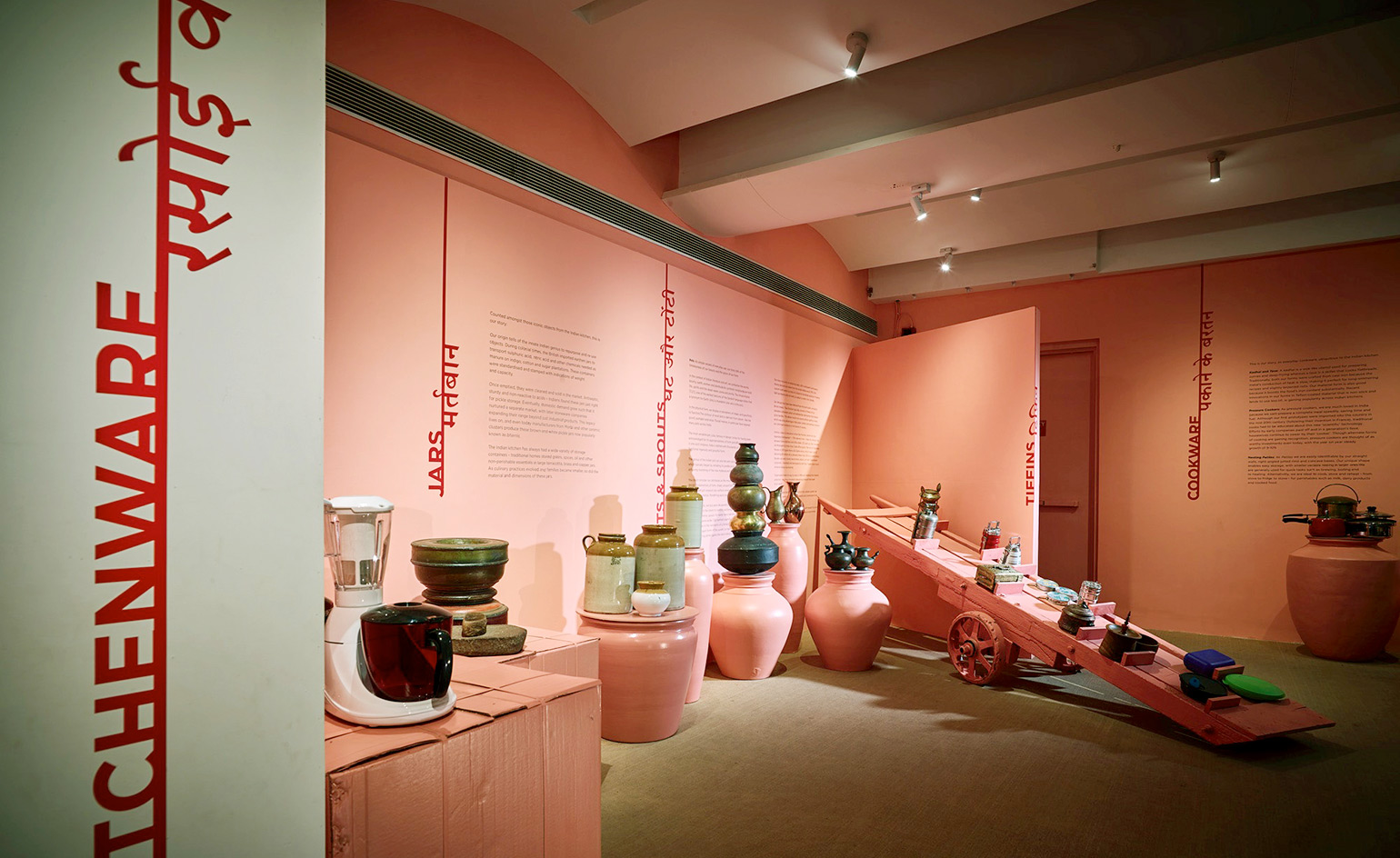
India’s design story is a unique one, influenced by the country’s exuberant history of revolution, craft and culture. Designer Divya Thakur has explored this narrative extensively: at the Victoria and Albert Museum’s ‘India Now’ exhibition (2007); for her Wallpaper* Handmade project with Leandro Castelao (2011); and more recently with ‘India Past Forward’ in Stockholm (2015).
Yet Thakur was struck that it had been so rarely examined in India itself. The result: ‘Design: The India Story’, a duet of exhibitions that recently took place in Mumbai. Thakur explains, ‘We really felt that people in India needed to engage more with design, understand it, evaluate it, like it, hate it, start a conversation of engaging with everyday design.’
Displayed at Chhatrapati Shivaji Maharaj Vastu Sangrahalaya (CSMVS), the first of the two exhibits traced Indian domestic design, from cookware and safes, to fridges and tiffin boxes. ‘We wanted people to consciously view these pieces as design rather than just an object,’ Thakur says.
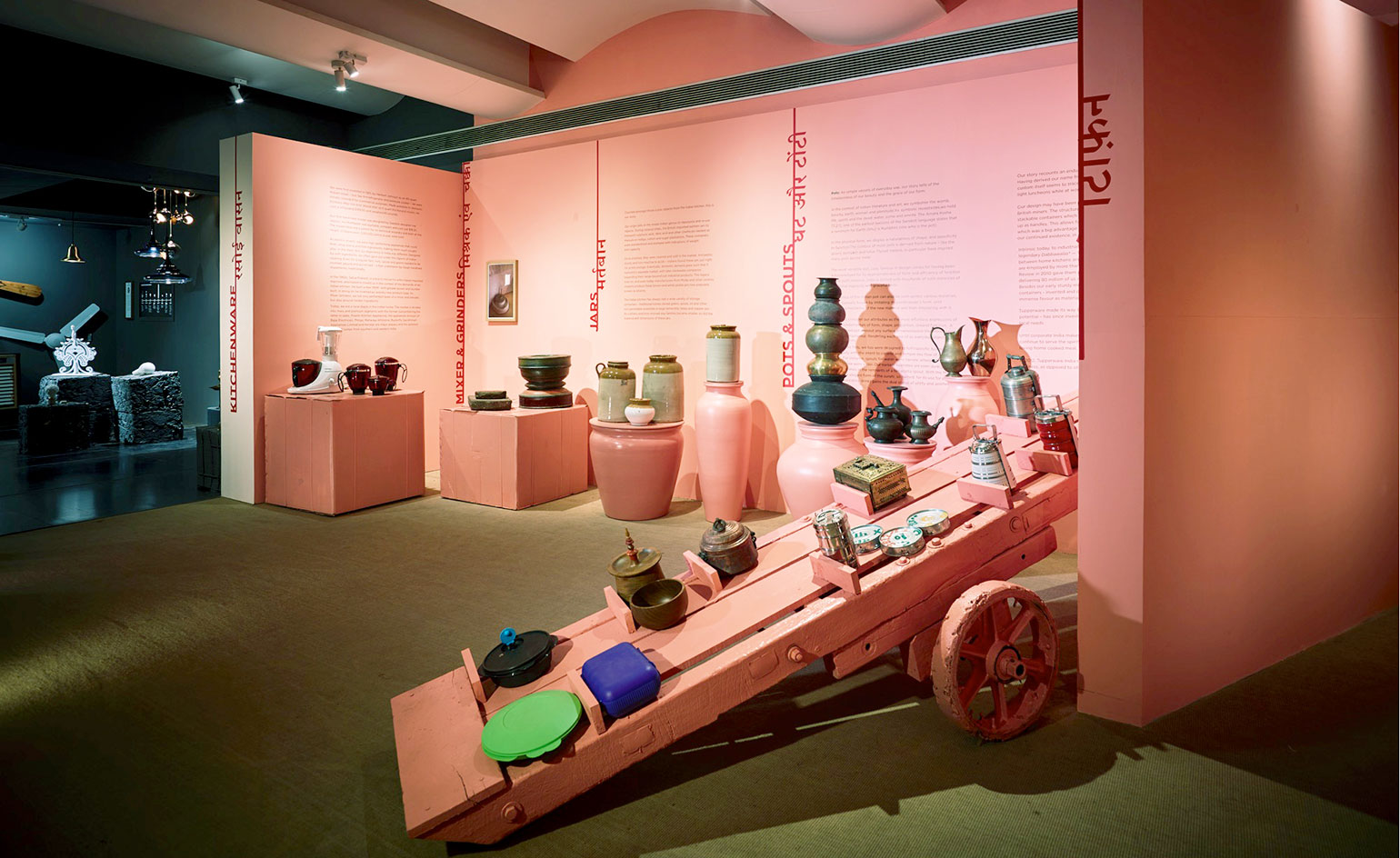
Installation view of ‘Objects Through Time’ at CSMVS
Titled ‘Objects Through Time’, the exhibition honed in on the craftsmanship and inventiveness that signifies the country’s core design attibutes. A series of chairs charted different aesthetics, from royal thrones and Portuguese-influenced models, through to Bauhaus silhouettes and modern classics with Le Corbusier influences. ‘Through this history of India, you see the ability to adapt,’ Thakur explains, ‘British colonial, the Dutch, Mughal, Islam are all influences.’
Technology, however, has proved to be more of a challenge to the local design scene. Electricity was only first introduced to India at the turn of the 19th century, and this reflects in the ‘Light’ section of the exhibition, which eschewed modern pendants for beautiful brass lanterns and motorised fans for intricately woven rattan pieces. India's cooking heritage came to the fore with a display of copper and ceramic kitchenware; a section dedicated to perforated surfaces displayed the dynamic print craft of the country.
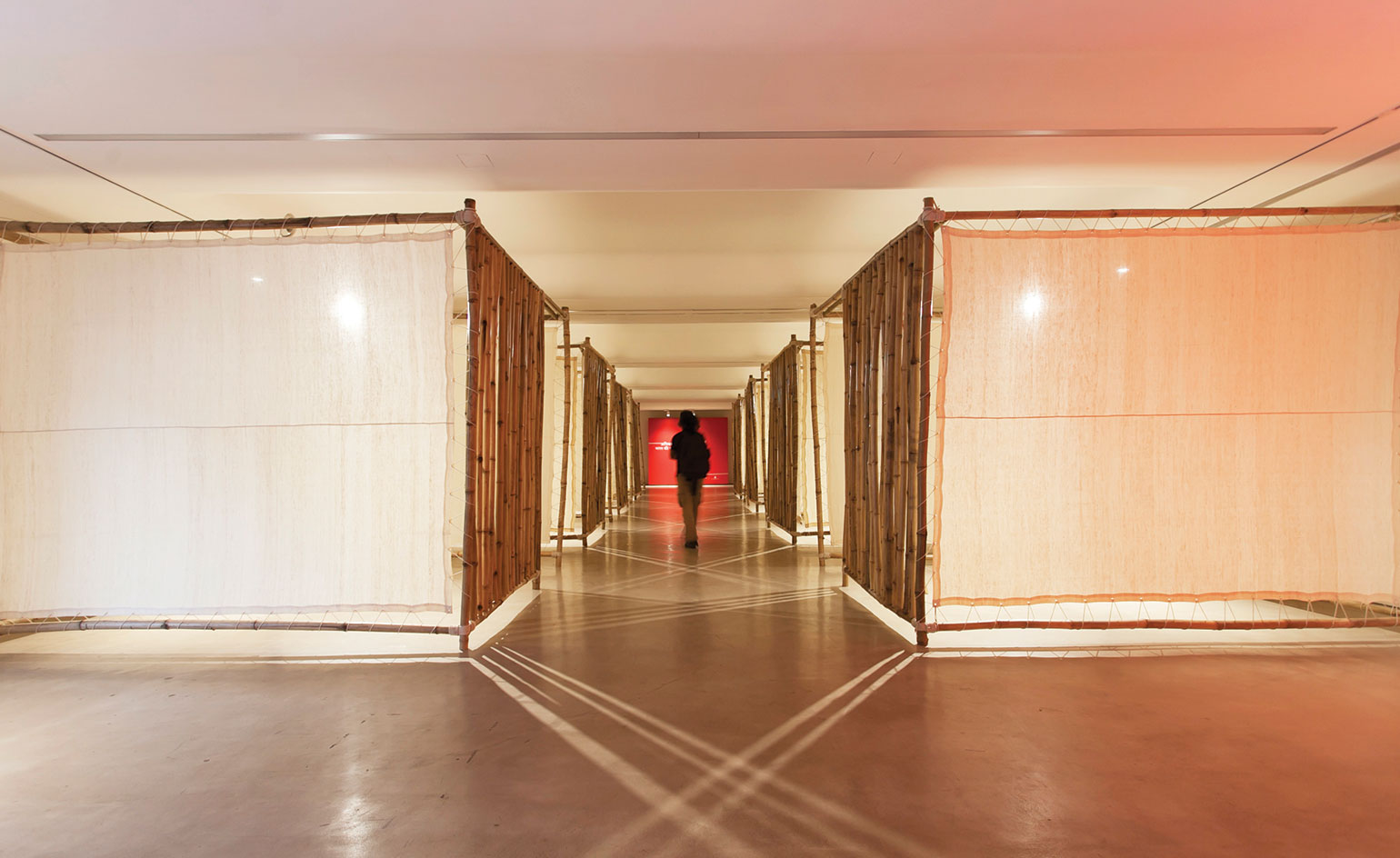
Installation view of ‘Ideas Through Time’ at Gallery Max Mueller Bhavan
Elsewhere in the city, at Gallery Max Mueller Bhavan (MMB), ‘Ideas Through Time’ (above) explored the notion of ‘Indianness’. Thakur says, ‘It is like what makes Scandinavian design “Scandinavian design”, and not an external attribute, like colour or a sari, but an innate ability of the way we function intrinsically.’ These qualities are whittled down to eight different ‘philosophies’, including a conceptual set of bamboo and Ahimsa silk cubes. Traditional products were decidedly absent, while a soundscape created in collaboration with musician Yogi Ponappa nodded to the spiritual qualities of Indian culture.
‘Design: The India Story’ is an opportunity to think what lies ahead for the nation. There is hope for a ‘fourth industrial revolution’, which would see India leverage its rich, cultural past for an even more powerful future in design.
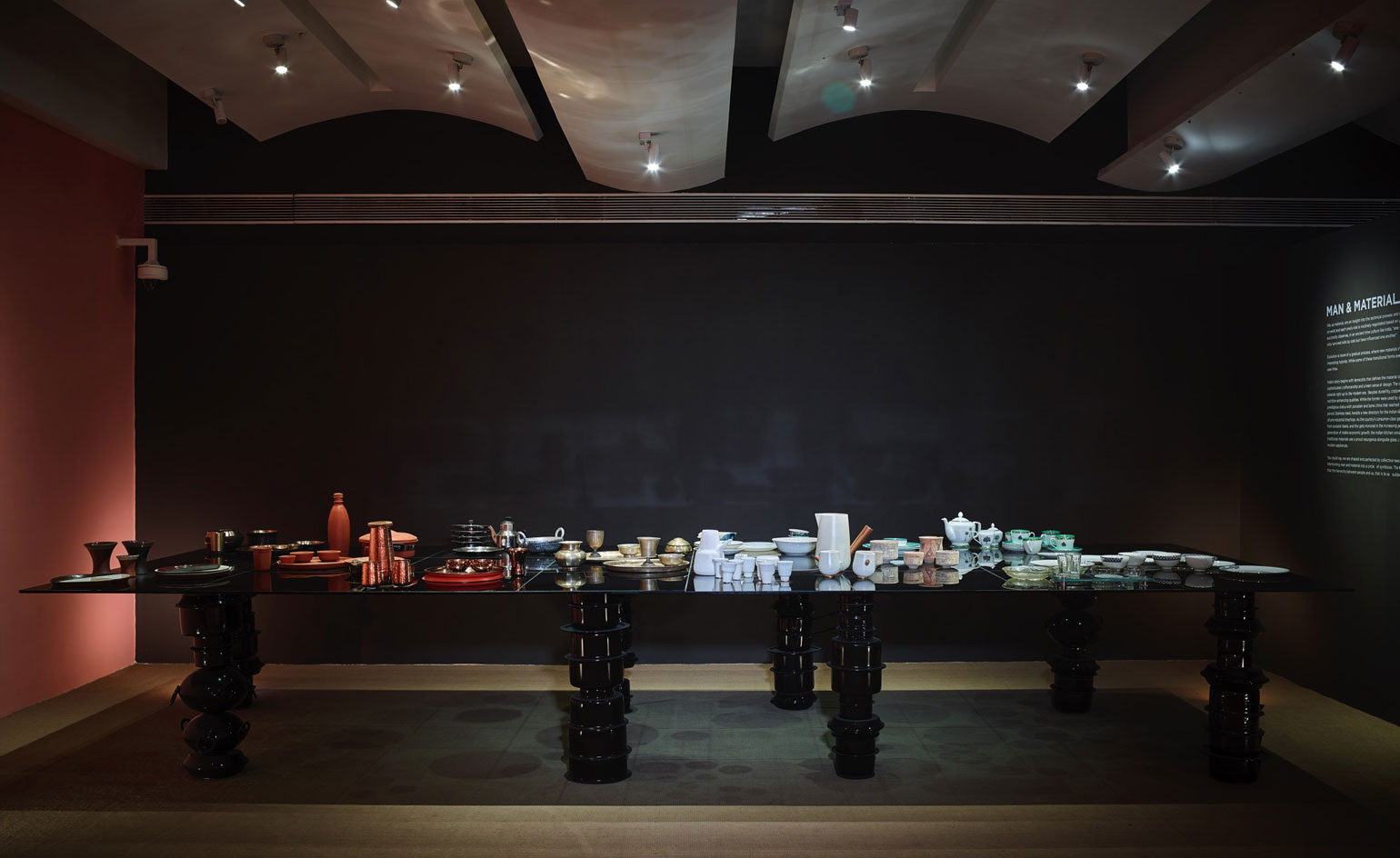
The ’Utensils and Cookware’ section featured a medley of materials, from copper to ceramic

Left, earlier tiffin vessels. Right, ’Kansa’ collection, by Good Earth
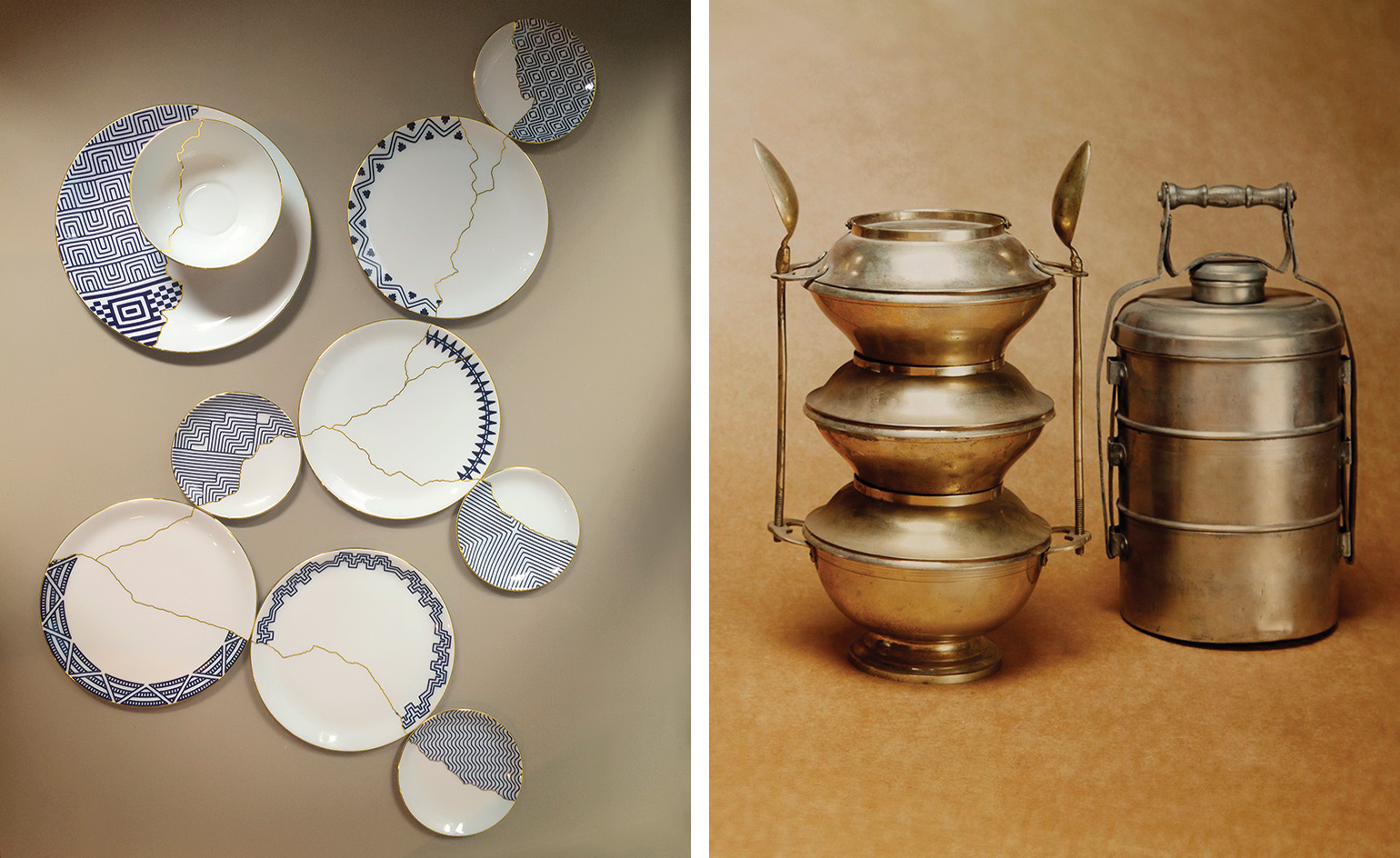
Left, ’Mohenjodaro’ collection, by The Artworks Co. Right, tiffin boxes

A display of chairs charted different aesthetics, from royal thrones and Portuguese-influenced models, through to Bauhaus silhouettes and modern classics with Le Corbusier influences

The ’Surfaces’ section paid tribute to the local print industry
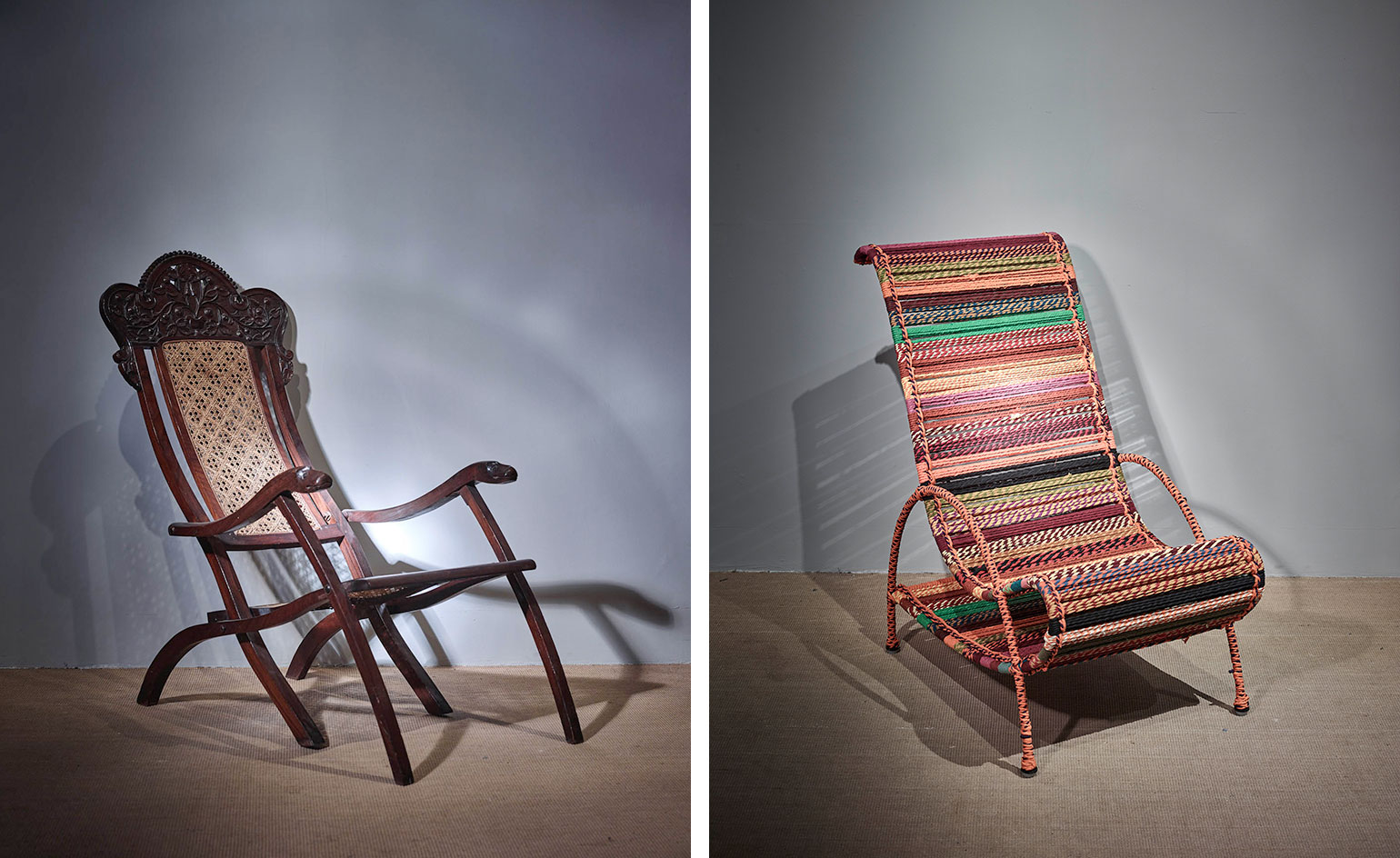
Left, an Indo-Portuguese chair. Right, Textile chair by Sahil and Sarthak
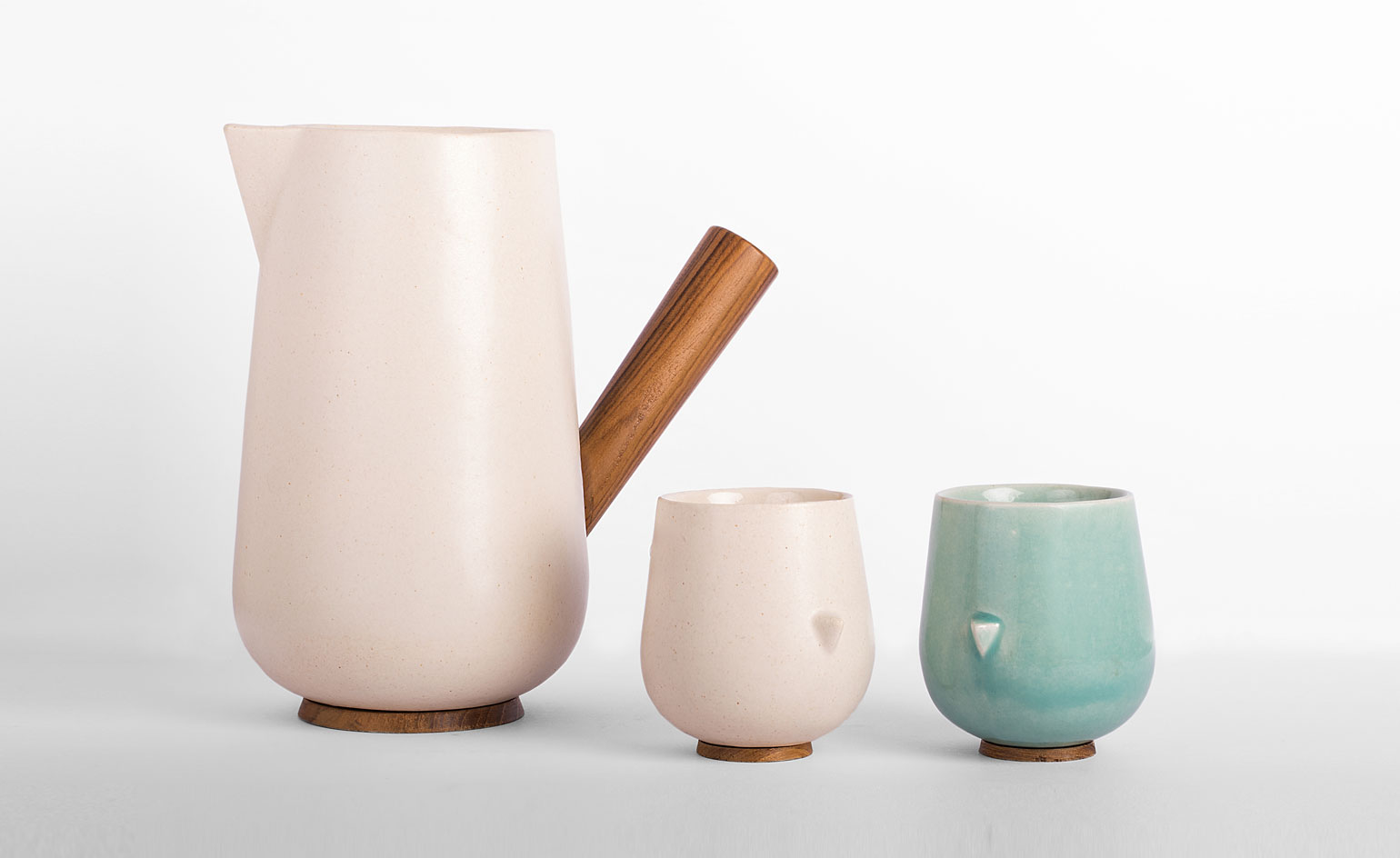
’Urban Tweeter’, by Rayden Design
Receive our daily digest of inspiration, escapism and design stories from around the world direct to your inbox.
Sujata Burman is a writer and editor based in London, specialising in design and culture. She was Digital Design Editor at Wallpaper* before moving to her current role of Head of Content at London Design Festival and London Design Biennale where she is expanding the content offering of the showcases. Over the past decade, Sujata has written for global design and culture publications, and has been a speaker, moderator and judge for institutions and brands including RIBA, D&AD, Design Museum and Design Miami/. In 2019, she co-authored her first book, An Opinionated Guide to London Architecture, published by Hoxton Mini Press, which was driven by her aim to make the fields of design and architecture accessible to wider audiences.
-
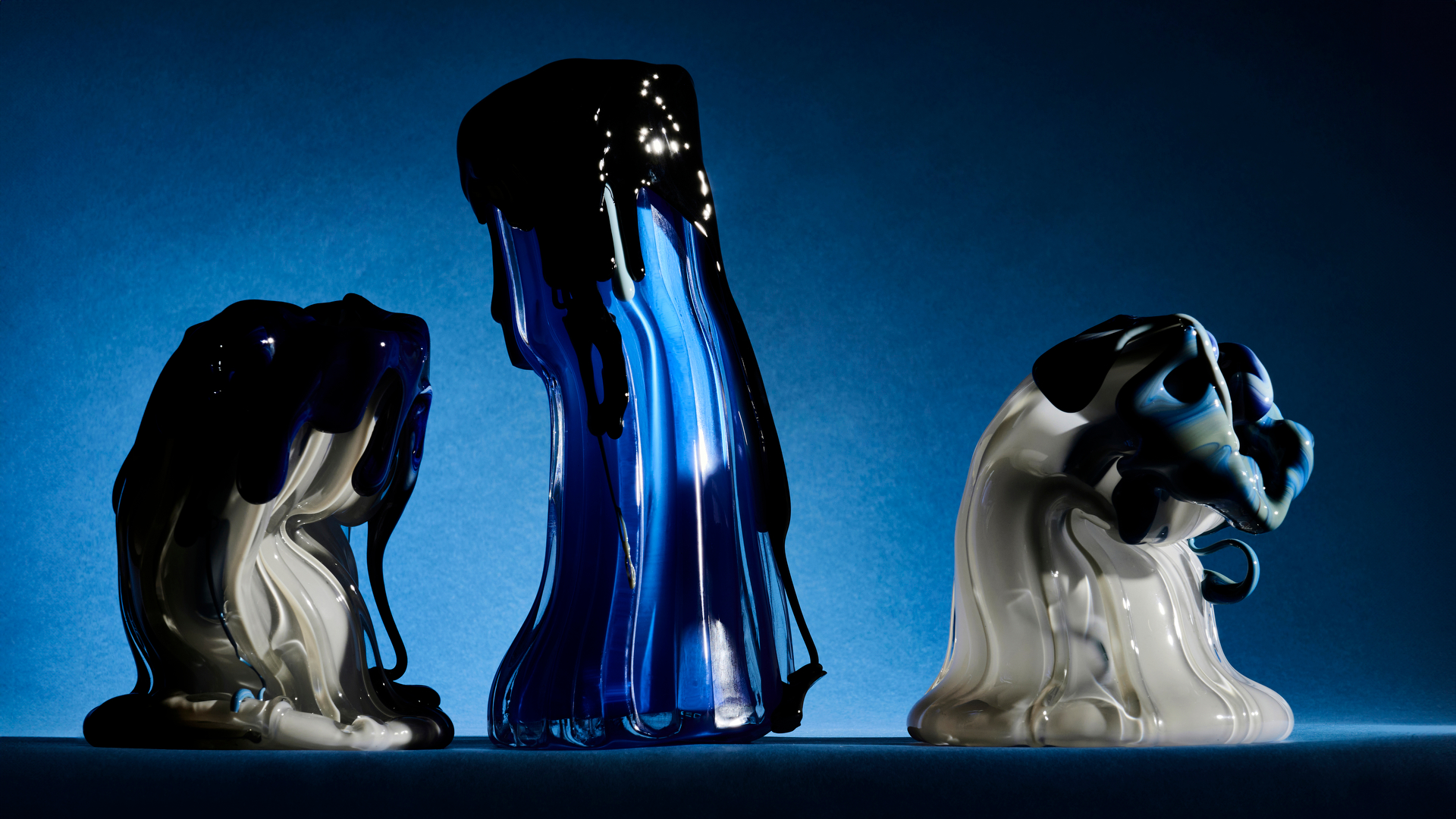 Glass designer Silje Lindrup finds inspiration in the material's unpredictability
Glass designer Silje Lindrup finds inspiration in the material's unpredictabilityWallpaper* Future Icons: Danish glassmaker Silje Lindrup lets the material be in charge, creating a body of work that exists between utility and experimentation
-
 Top 10 architecture moments of 2025
Top 10 architecture moments of 2025Architecture & environment director Ellie Stathaki picks the top 10 architecture moments of 2025, to recount, remember and reassess
-
 Step inside this perfectly pitched stone cottage in the Scottish Highlands
Step inside this perfectly pitched stone cottage in the Scottish HighlandsA stone cottage transformed by award-winning Glasgow-based practice Loader Monteith reimagines an old dwelling near Inverness into a cosy contemporary home
-
 Five women-led studios reshaping Indian creativity at Design Mumbai 2025
Five women-led studios reshaping Indian creativity at Design Mumbai 2025Design Mumbai 2025 opens 26-29 November – Wallpaper* meets five women-led local brands exhibiting at this year's show
-
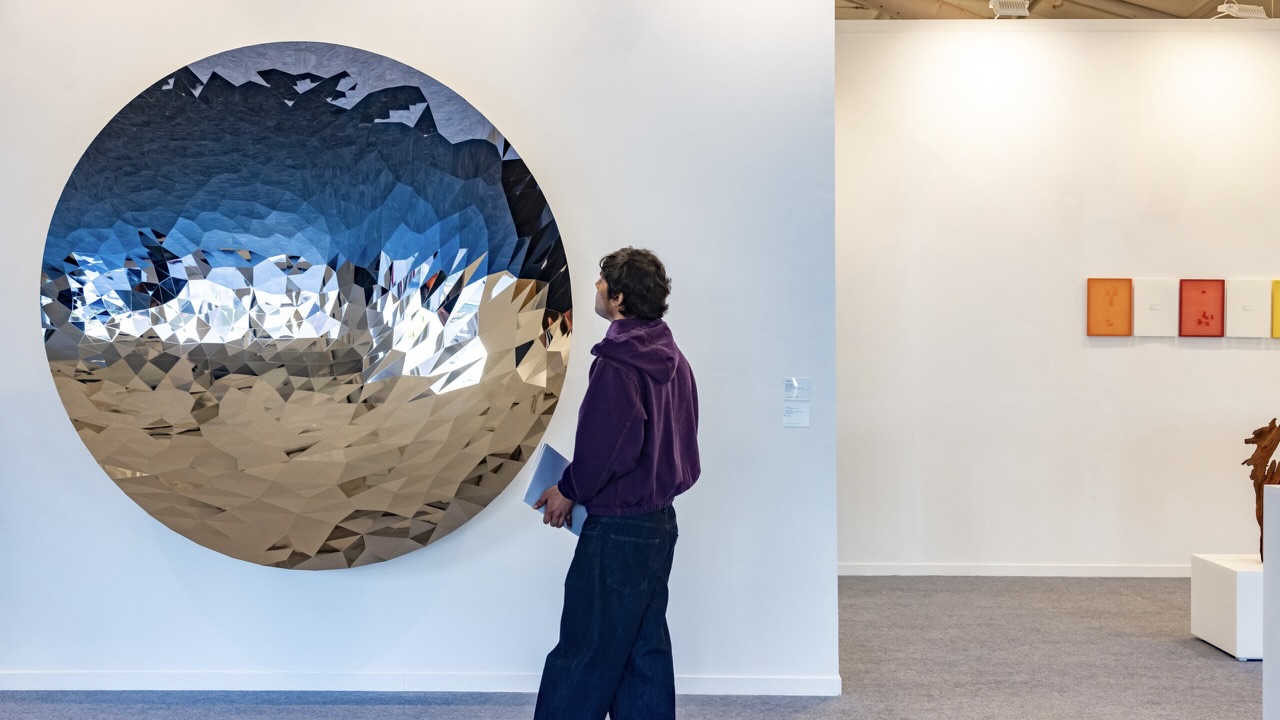 Highlights from the India Art Fair
Highlights from the India Art FairThe worlds of art and design collided at the 16th edition of the India Art Fair, where a global outlook and women artists were front and centre
-
 17 designers and artists reinterpret Dior's ‘Medallion’ chair
17 designers and artists reinterpret Dior's ‘Medallion’ chairThe Dior ‘Medallion’ chair project marks the French maison's most significant presence at Milan’s Salone del Mobile to date
-
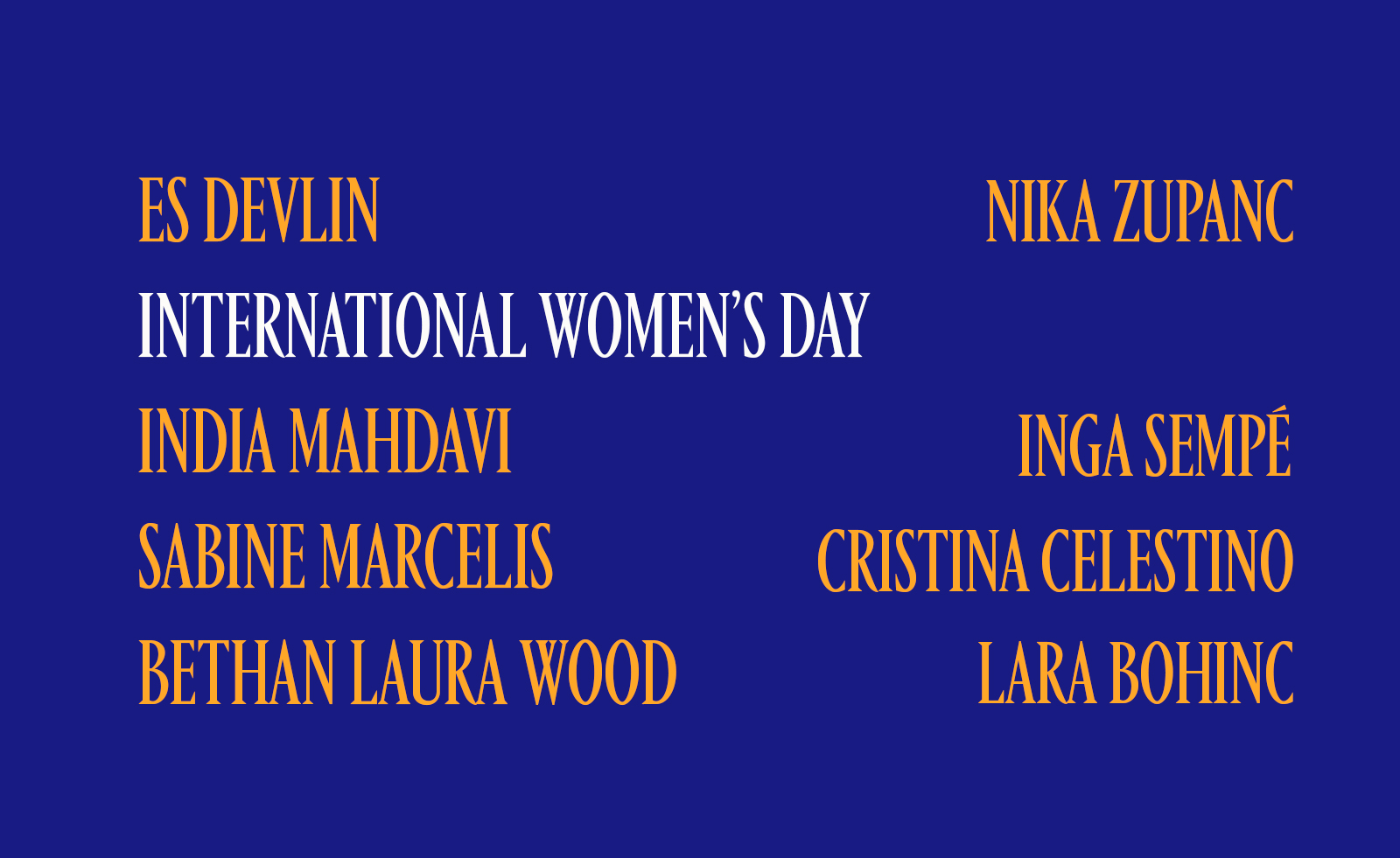 International Women’s Day: leading female designers in their own words
International Women’s Day: leading female designers in their own words -
 Made In India: Be Open's New Delhi exhibition pays tribute to handcrafted design
Made In India: Be Open's New Delhi exhibition pays tribute to handcrafted design -
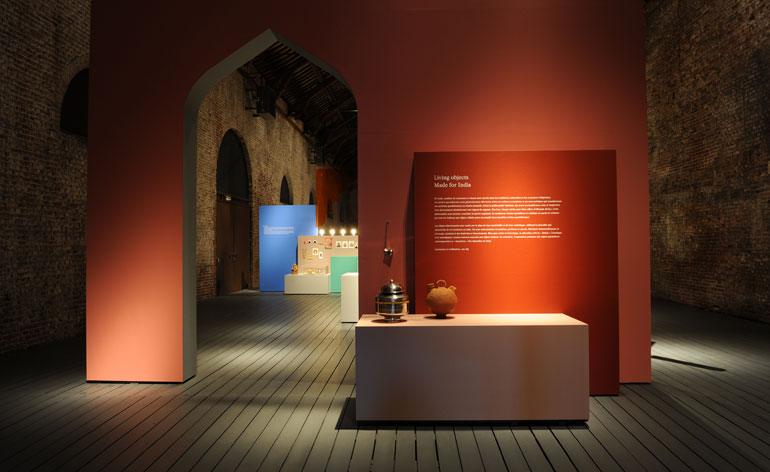 Doshi Levien bring India's everyday objects to life in a new exhibition at Grand-Hornu
Doshi Levien bring India's everyday objects to life in a new exhibition at Grand-Hornu